-

+86-577-57156888
-

-

+86-577-57155869
-

11th Floor, Building 6, Headquarters Economic Park, Yueqing, Zhejiang, China
Wirelessly Accessible IoT Circuit Breakers Offering 4G Remote Switching Functions
Industry News-IoT Circuit Breaker and 4G remote control circuit breaker represent a shift in electrical management, merging traditional circuit protection with digital connectivity. These devices address the growing need for real-time oversight and flexible operation of electrical systems across diverse settings, from industrial facilities to residential homes. By enabling data-driven monitoring and remote operation, they adapt to the demands of modern electrical infrastructure, where efficiency and responsiveness are increasingly valued.
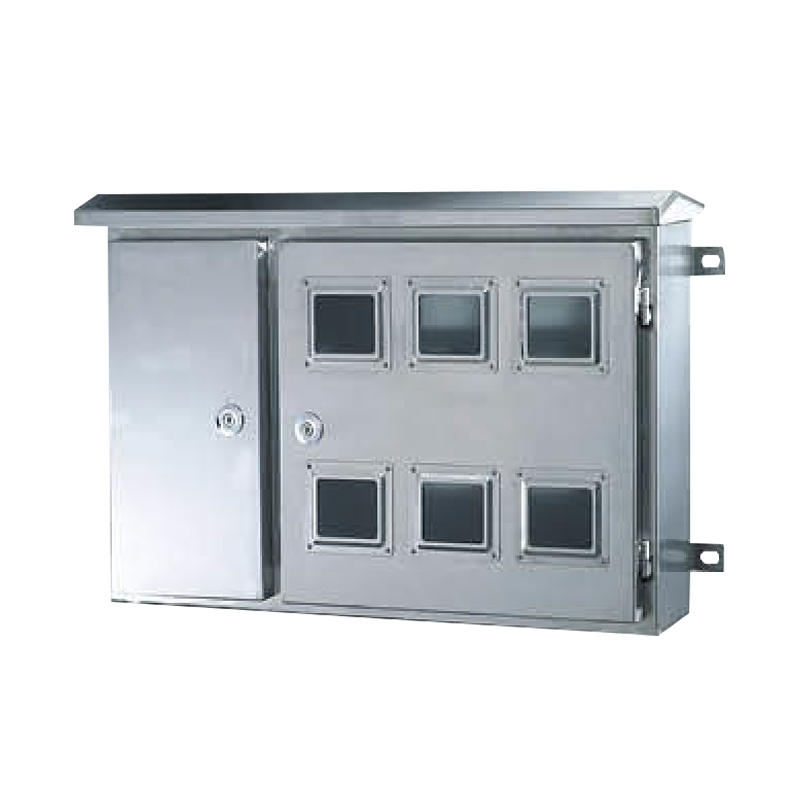
Technical Foundations of IoT and 4G-Enabled Breakers
The functionality of IoT Circuit Breaker and 4G remote control circuit breaker rests on a combination of sensing technology, data transmission, and user interface design. An IoT Circuit Breaker incorporates miniature sensors that track electrical parameters such as current fluctuations, voltage stability, and energy consumption. These sensors feed data into a microprocessor, which filters and organizes the information before sending it to a cloud server via a built-in communication chip.
The 4G remote control circuit breaker enhances this system by using 4G cellular networks to enable bidirectional communication. This allows users to not only receive data from the breaker but also send operational commands—such as toggling the circuit on or off—through a connected platform. The 4G network ensures that these commands are relayed promptly, with typical response times comparable to direct physical interaction. This technical setup eliminates the need for wired connections or local networks, making the devices viable for locations where infrastructure is limited.
Together, these components create a system where electrical data is accessible remotely, and control is possible from any location with 4G coverage.
Practical Benefits for Users
The integration of IoT Circuit Breaker and 4G remote control circuit breaker delivers tangible advantages that streamline electrical management. One key benefit is improved oversight of electrical systems. Users can access real-time data on circuit performance through a mobile app or web portal, allowing them to identify patterns such as peak usage times or frequent fluctuations. This information supports informed decisions, such as adjusting equipment schedules to balance load distribution.
Another advantage is enhanced operational flexibility. In scenarios where a circuit needs to be adjusted—for example, to isolate a faulty section of a power grid—the 4G remote control function allows users to act without being physically present. This is particularly useful for managing multiple sites, as it reduces the need for on-site visits and associated time costs.
Additionally, these devices contribute to proactive maintenance. By continuously monitoring circuit conditions, the IoT Circuit Breaker can send alerts when anomalies are detected, such as a gradual increase in temperature that might indicate a wiring issue. This early warning capability helps prevent more serious problems, including potential electrical failures.
Setting Up and Using 4G Remote Control Circuit Breakers
Implementing a 4G remote control circuit breaker involves a few key steps, designed to be accessible to both professional installers and knowledgeable users. Initial installation follows standard electrical procedures, with the breaker connected to the circuit it protects. Once wired, the device is activated by inserting a 4G SIM card into its dedicated slot, ensuring the card is provisioned with a data plan suitable for continuous transmission of small data packets.
After physical installation, users download the manufacturer-provided application and create an account. The app guides them through pairing the device, typically via a QR code scan or manual entry of the breaker’s unique identifier. Once paired, the app displays the circuit’s status, including current readings and operational mode.
For day-to-day use, the app provides a simple interface: a toggle switch to open or close the circuit, and a dashboard showing historical data such as daily energy usage. Users can set up alert preferences, specifying which events trigger notifications via the app or SMS. These alerts can be customized based on severity, ensuring users only receive critical information without unnecessary interruptions.
Troubleshooting common issues, such as a loss of connection, often involves checking the 4G signal strength in the breaker’s location or verifying the SIM card’s data plan status. Many apps include diagnostic tools that display connectivity metrics, simplifying the process of identifying and resolving minor problems.
Compatibility and Integration with Existing Systems
In terms of digital integration, many models support communication with broader building management systems (BMS) or energy monitoring platforms. This is achieved through application programming interfaces (APIs) provided by the manufacturer, enabling data from the IoT Circuit Breaker to be incorporated into larger datasets. For example, in a smart building, data from multiple breakers can be aggregated to provide a comprehensive view of energy usage, supporting more efficient resource allocation.
 English
English 中文简体
中文简体 عربى
عربى
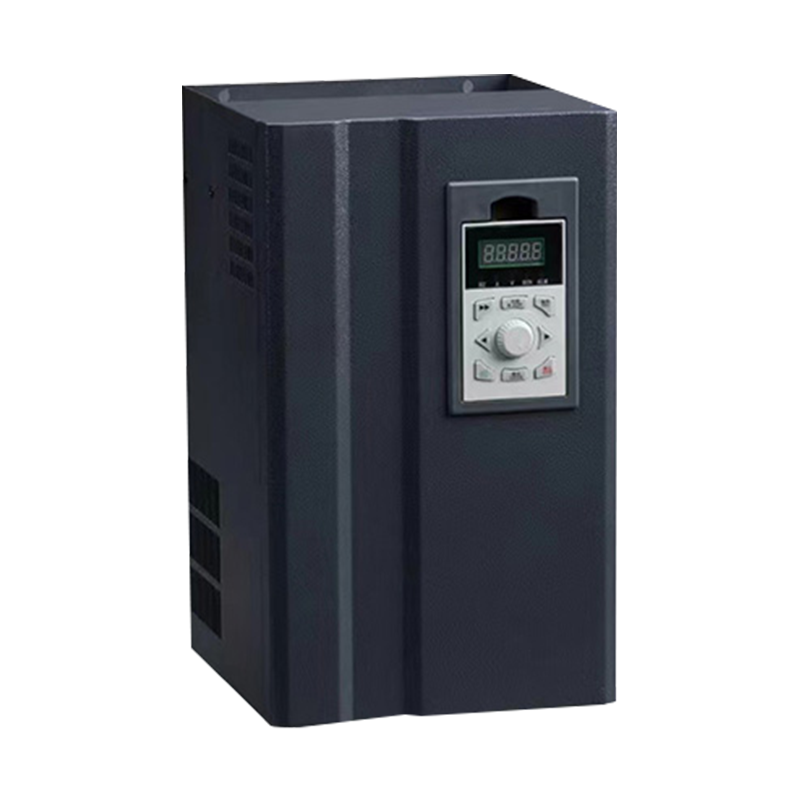
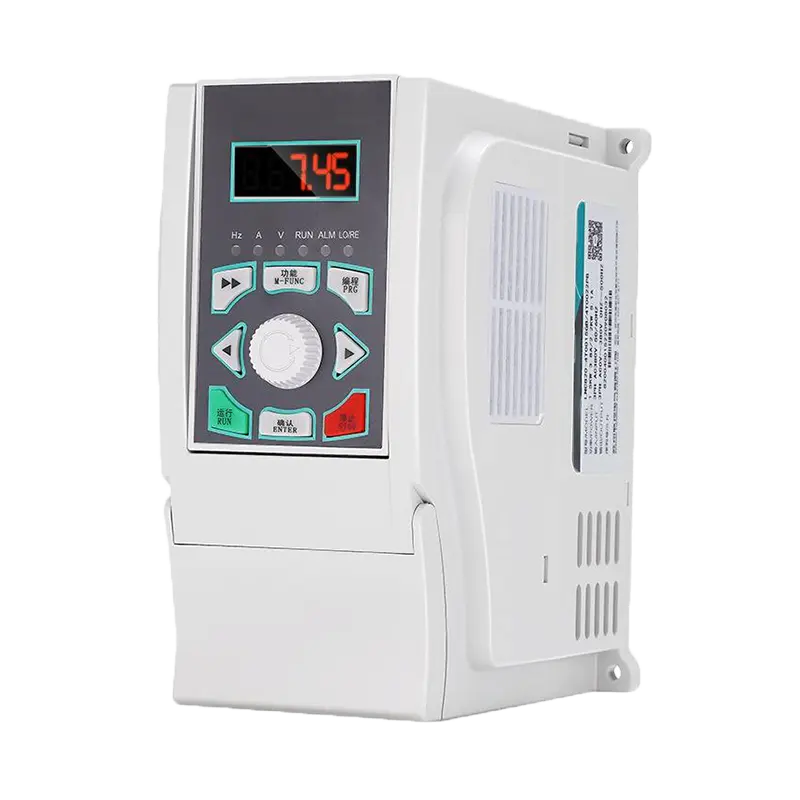
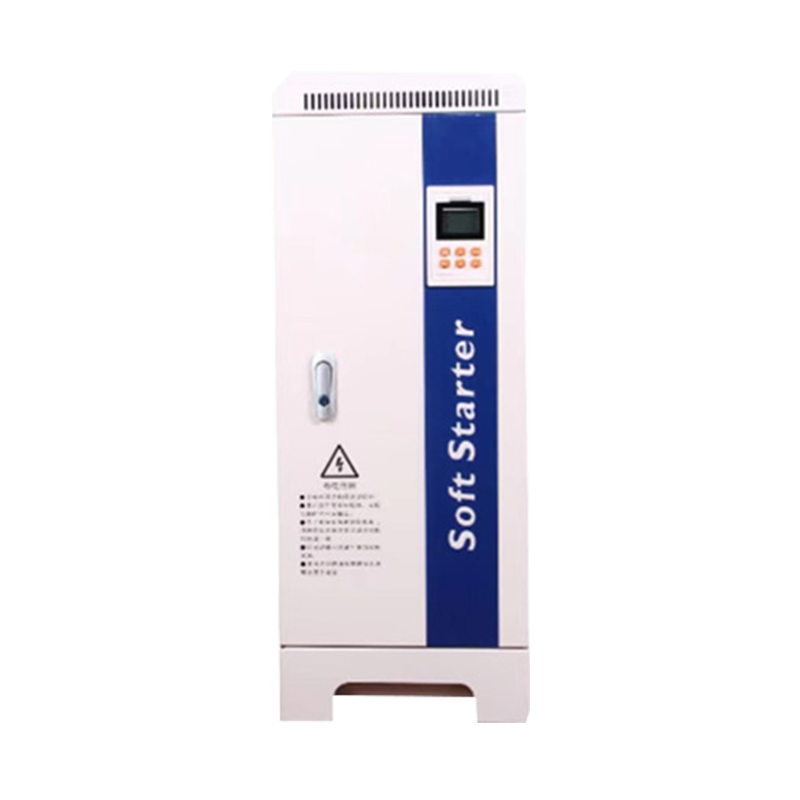


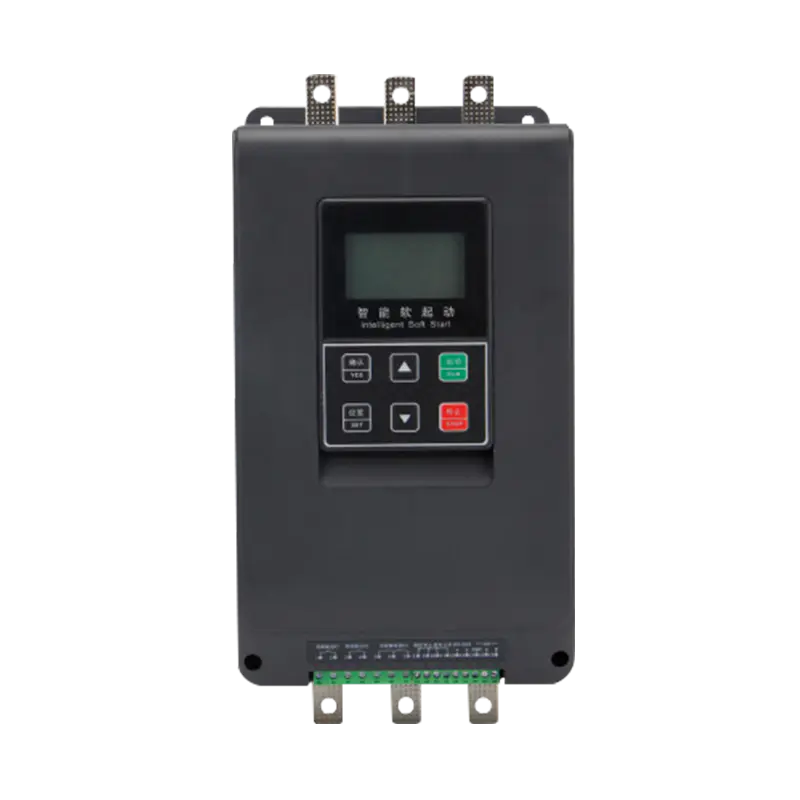

 浙公网安备33038202003754号
浙公网安备33038202003754号